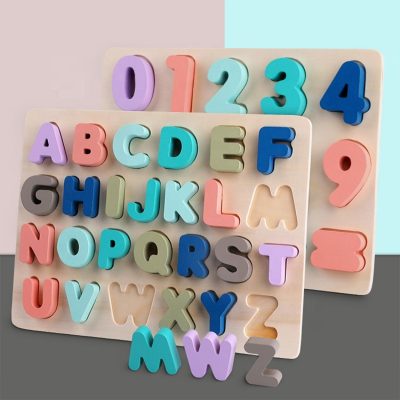Rag dolls have a long and rich history, dating back centuries and evolving through different cultures. They are among the simplest and most traditional types of dolls, typically made from cloth or fabric scraps. Here’s a brief overview of the history of rag dolls:
Ancient Origins: The origins of rag dolls can be traced back to ancient civilizations. These early dolls were typically made from natural materials like cloth, straw, or other plant fibers. They often represented humans or animals and were used as both toys and religious or ritual objects.
Medieval Europe: In medieval Europe, rag dolls became popular among children of various social classes. These early European rag dolls were often crudely crafted and made from readily available materials like rags, straw, and discarded clothing. They were a stark contrast to the more intricate and expensive dolls made for wealthy children.
19th Century: The 19th century saw a significant evolution in rag doll production. As industrialization progressed, manufacturers began producing rag dolls in larger quantities, making them more affordable and accessible to a broader population. These dolls were often simple in design, with painted faces and basic clothing.
Colonial America: Rag dolls were also prevalent in colonial America. Young girls would often create their own rag dolls as a form of play and to practice sewing skills. These homemade dolls were cherished companions and passed down through generations.
Late 19th and Early 20th Centuries: During the late 19th and early 20th centuries, rag dolls continued to be popular toys. They were often used to teach young girls sewing and homemaking skills. Some rag dolls from this era had more intricate clothing and hairstyles, reflecting changing fashion trends.
20th Century and Beyond: While rag dolls experienced a decline in popularity in the mid-20th century with the advent of plastic and mass-produced dolls, they never completely disappeared. Many artists and crafters continued to create handmade rag dolls as nostalgic and folk art-inspired pieces.
Today, rag dolls remain a beloved form of handmade and artisanal craft. They have experienced a resurgence in popularity among collectors, crafters, and those who appreciate the nostalgia and simplicity of these traditional toys. Modern rag dolls often feature creative and artistic designs, making them both unique and decorative pieces.
Rag dolls continue to capture the imagination of children and adults alike, reflecting a timeless charm and the enduring appeal of handmade, whimsical dolls. Their history is a testament to the enduring tradition of crafting and play.



















